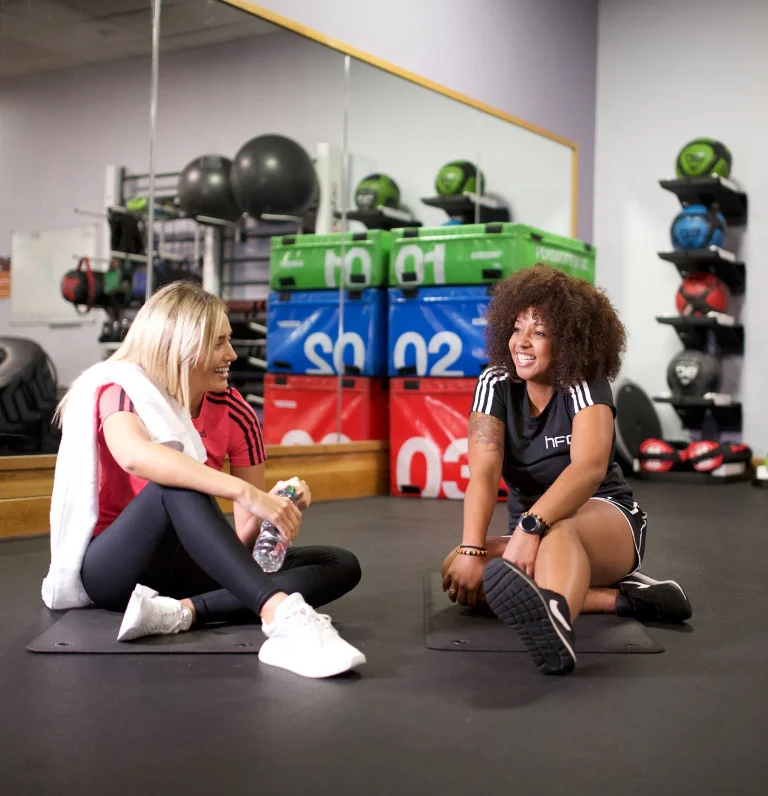In a recent blog post we introduced the considerable benefits of the squat and explained how this tremendous exercise can add genuine value to almost any exercise programme. The squat is a staple exercise for many bodybuilders, athletes and strength training enthusiasts but it is shrouded in controversy and misunderstanding. Most suggest that deep knee squatting is inappropriate and that squatting beyond a 90 degrees knee angle is bad for the knees, particularly the ligaments.
As a personal trainer or fitness instructor, it is essential that you have an understanding of this subject, and subjects like this so that you can make educated and informed decisions about your exercise prescriptions.
In 1961 at the University of Texas, Karl Klein conducted a series of studies where he sought to measure the knee stability of weightlifters using a self-made device. Klien’s research concluded that weightlifters who regularly performed deep squats had a greater laxity of the collateral and cruciate ligaments than those who did not squat so deep.
When looking at the shear forces placed on the knee during a deep squat, which is the primary justification for the 90 degree guideline, the more knee flexion that occurs, the more these forces appear to diminish. For example, the forces placed on the anterior cruciate ligament peak at between 15-30 degrees and then reduce considerably past the point of 60 degrees. Similarly, the forces imposed on the posterior cruciate ligament rise gradually to a knee angle of 90 degrees, and then drop significantly thereafter.
It is clear therefore that the greatest forces placed on the anterior and posterior cruciate ligaments are those between 60-90 degrees of knee flexion, and not in the fully flexed position as many would have you believe. Furthermore, when holding a squat position at 90 degrees, as often occurs in transition between the eccentric and concentric phase of the exercise, the time the knee is exposed to the maximum levels of shear force is also increased. Thus for many, deep knee squatting may indeed be better for knee health than squatting to 90.
Clearly there will be cases when deep knee squatting, or any form of squatting will be contraindicated and generally inappropriate. For example:
- Those with cruciate ligament disorders should refrain from squatting beyond 50-60 degrees to minimise the load and stress placed on these ligaments.
- Those with osteoarthritis at the knee should refrain from deep knee squatting because the degeneration of bone mass will increase laxity and instability in this area. Instead squatting should only be performed within a pain free range of motion and using only body weight or light resistance.
- Those with osteochondritis at the knee should refrain from deep squatting, or any form of squatting if pain is present.
To conclude, there is little scientific evidence to suggest that deep knee squatting is the culprit for knee instability and cruciate ligament injuries when performed at an appropriate intensity and with correct technique.

